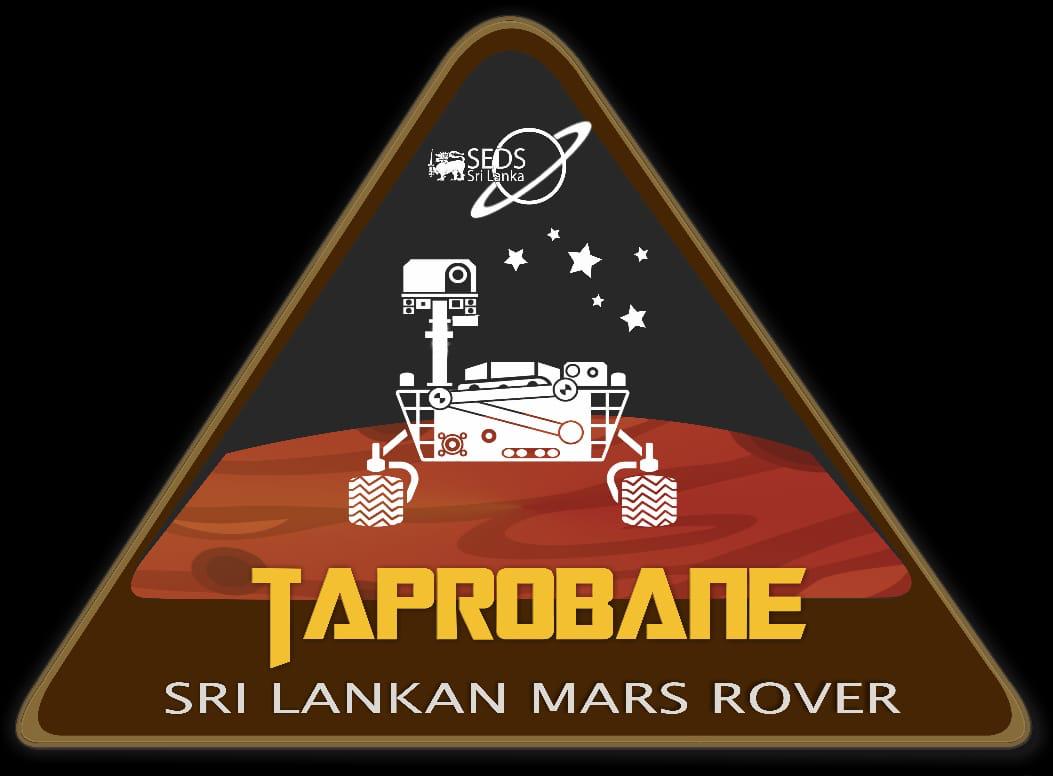Mars 2020 Mission
by Bhathiya Senevirathne

Mars 2020 mission;
You may
already came across with the phrase “Get your boarding pass to mars”. This is
related to the recent project that will take part by 2020.The reason to issue a
boarding pass with the name of you in it is to uplift the engagement of public community,
so what is fascinating about this boarding pass? Will they really take your
name to mars? The answer is yes and they are capable of taking more than one
million names. For this engineers and scientists will use an electron beam to
stencil the submitted names onto a silicon chip and the lines of text on it
will be smaller than one thousandth the width of a human hair, so nearly this
is 75 nano meters. A single dime sized chip will be covered with a glass cover
with more than one million names. All of your names will be taken to the red
planet with the help of a ROVER.
Mars is
often referred as the “Red Planet” due to its color which is given by the iron oxides in the atmosphere of mars,
becoming the forth planet from the Sun and also days, seasons and inclination
of the axis which are likewise comparable to earth, scientist predict that mars
was an active planet in the past. These
are not only predictions there are number of hints through the explorations and
discoveries which have been done so far.so mars 2020 mission is the next big
step towards the exploration of the red planet and which will be able to find
out answers to many dilemmas. This is not just sending a rover to mars and just
ridding it through the lands of mars. Scientist have partitioned the rover to
explore several areas of means. A rover is a motor vehicle that travel across
the surface of the planet, remember this will have variety of features rather
than travelling.
Main
objectives of the mission is to seek signs of past life and critically search
out potential evidence for bio signatures. So the rover will thoroughly look
for any type of evidence of ancient microbial life. Apart from this rover will
collect well documented set of rocks and soil particles from the surface of the
planet and also another objective is to demonstrate future robotic and some
steps to extract oxygen from the atmosphere of mars.
Mars rover
will have mainly “seven” key featured hardware instruments to conduct
explorations and investigations on the planet mars.
1)Mastcam-Z: An advanced camera system
with advanced panoramic and stereoscopic imaging and capable to zoom. The
principal investigator is James Bell, Arizona State University in Tempe.
2) Supercam:
Instrument capable of taking images, chemical composition analysis and
mineralogy and this can detect any organic compound from rocks even with a
distance. The principal investigator is Roger Wiens, Los Alamos National
Laboratory, and Los Alamos, New Mexico. This instrument also has a significant
contribution from the Centre National d’Etudes Spatulas, Institut de Recherché en Astrophysique et
Planétologie (CNES/IRAP) France.
3) Planetary Instrument for X-ray Lithochemistry (PIXL):
A spectrometer with the help of X-ray and also capable of taking high
resolution images and able of detecting and analyzing of chemical elements. The
principal investigator is Abigail Allwood, NASA’s Jet Propulsion Laboratory
(JPL) in Pasadena, California.
4) Scanning Habitable Environments with Raman &
Luminescence for Organics and Chemicals (SHERLOC):A spectrometer that will
provide fine scale imaging which uses ultra violet(U.V) laser rays and mainly
focused on determine fine scale mineralogy and to detect organic compounds. SHERLOC
also uses an advance camera which can take microscopic images of the surface
and this will be the first U.V Raman spectrometer to fly to mars. The principal
investigator is Luther Beegle, JPL.
5) The Mars Oxygen ISRU Experiment (MOXIE): An exploration
technology investigation system that will focus on producing oxygen from carbon
dioxide in the atmosphere of mars. The principal investigator is Michael Hecht,
Massachusetts Institute of Technology, Cambridge, Massachusetts.
6) Mars Environmental Dynamics Analyzer (MEDA): Complete
set of sensors that will be taking measurements of surface temperature, wind
speed and direction, relative humidity pressure and dust size. The principal
investigator is Jose RodriguezManfredi, Centro de Astrobiologia, Instituto National
de Tecnica Aeroespacial, Spain.
7) The Radar Imager for Mars’ Subsurface Experiment
(RIMFAX): This is a ground penetrating radar that will mainly focused on
the geological structure of surface. The principal investigator is Svein-Erik Hamran,
the Norwegian Defense Research Establishment, Norway.
The power source
of the rover uses the heat from the natural decay of plutonium-238 to generate
electricity.

By looking
at the hardware setup its crystal clear that this is not just a safari on Mars, this
can be the next step to many discoveries and someday humans will live in their
own habitats on the surface of mars. There is another project that will take
humans to the moon in 2024 and all of these projects will be connected with the
mars mission in near future. Stay tuned and make sure to send your name to the
red planet.
Mars 2020 mission;
Launch
window: July 17-Aug 5, 2020
Landing on
Mars: Feb 18, 2021
Mission duration
on mars: At least one mars years(about 687 earth days)
References and images:
https://interpidmuseum.org







Good Job Bhathiya
ReplyDeleteThank you
DeleteI read your blog on a daily basis. This is a really great and informative post. Thanks for sharing. Can you write on long stay parking Gatwick short stay parking gatwick
ReplyDelete